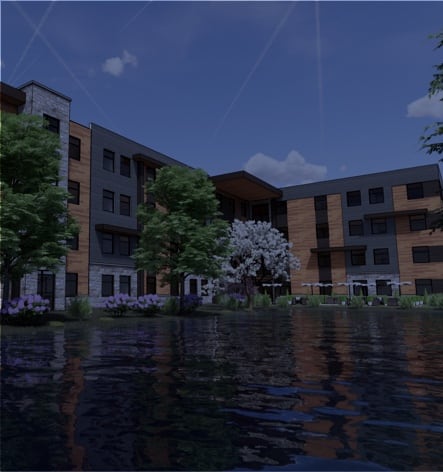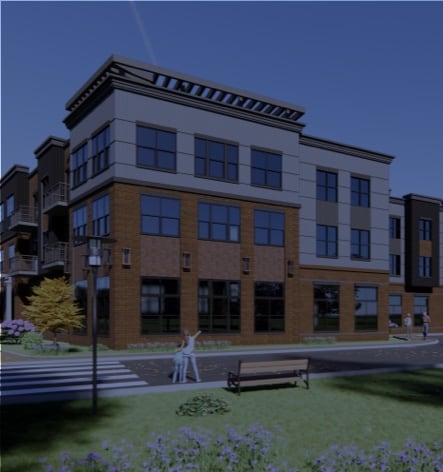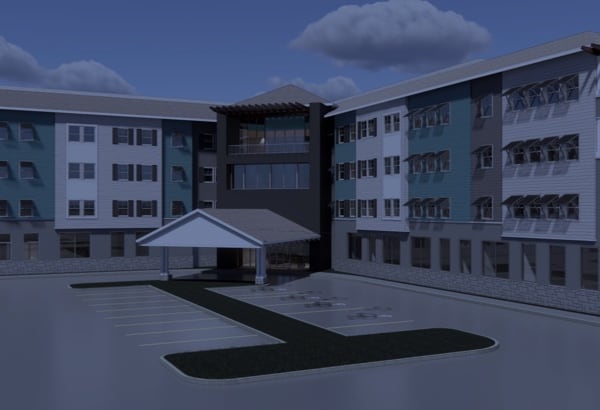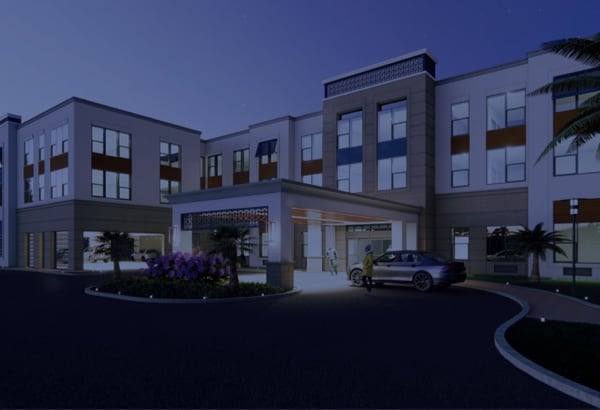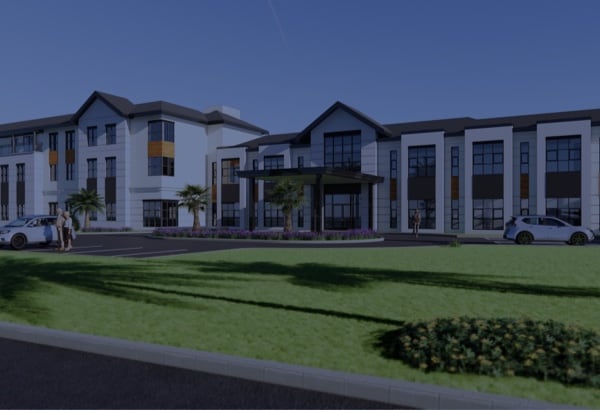Retirement communities offer the potential for large returns on investments due to the rising demand for senior living in America. Getting involved in senior living is a great way to diversify your real estate investment portfolio and provide a steady stream of income. However, success in this industry is not guaranteed based on the potential for revenue alone.
The key to successful investment includes developing a comprehensive understanding of the market to determine the property type, location, and legal and financial regulations required for your retirement community.
There are a variety of factors to consider when investing in senior living. Consulting with Distinctive Development can help make this less daunting.
Why Invest in Senior Living?
By 2050, the number of Americans aged 65 or older is projected to reach 83.7 million, indicating the growing demand for senior housing and healthcare needs. Investing in senior living communities provides an opportunity for significant financial growth.
The demographic for senior living is not limited to individuals aged 65+. Adults in their 50s may consider transitioning to senior living communities due to factors such as health concerns, early retirement, or becoming empty nesters. We all grow old. Future generations will also face the demand-supply problem we are seeing now with senior living.
Revenues from senior living communities outperform other real estate properties like apartments, retail, and entertainment spaces. This is because seniors who require community care must transition into these spaces regardless of economic decisions.
Factors to Consider When Investing in Retirement Communities
Understanding market demand, property type, establishing location, and legal and financial regulations will help determine the gap in the market a retirement community can fill. All of these are important factors that connect to consider when investing in a retirement community.
Market Demand
Understanding market dynamics is the first step in discerning the appropriate investment in senior living. Factors like senior demographics, income levels, health needs, and social preferences influence the type of retirement community that would benefit a particular location.
Analyzing market demand calls includes understanding local population trends. Are seniors relocating to the area? What are their average incomes and health conditions? Is there a gap in the existing care community market that can be filled?
Property Type
Retirement communities encompass a range of care options. Each property type satisfies distinct requirements for residents and carries unique investment considerations. Making the right choice in property type requires understanding the market demand, the location of the property, and the regulatory frameworks to establish long-term care goals.
- Independent Living: Provides minimal care for residents. It’s designed for seniors who can live an active and relatively independent lifestyle.
- Assisted Living: Designed for seniors who require some assistance with activities associated with daily living. This bridges the gap between independent living and more intensive care options.
- Memory Care: Provides specialized care for individuals experiencing cognitive decline with dementia, Alzheimer’s, or Parkinson’s disease.
- Respite Care: Offers residents a temporary stay in community living when their primary caregivers are unavailable. It includes services and amenities that are typically found in long-term care communities.
Location
A well-chosen location can enhance the appeal of a property. When establishing a community, consider its proximity to healthcare facilities, transport networks, recreational spaces, and essential services like grocery stores and banks that will benefit the quality of life of your residents.
Consider investing in a location that is easily accessible for residents and their families. This may include a walkable neighborhood with access to public transportation, or central access to major roads and highways.
A strategic approach to identifying the right location involves analyzing local zoning laws, understanding the community’s growth plans, and anticipating future infrastructure developments.
Legal & Financial Considerations
The retirement community industry is regulated on both a state and federal level. This concerns a development’s infrastructure and operational protocols. Compliance with state and federal regulations is non-negotiable and could influence the overall cost and operation of a retirement community. The details concerning regulation requirements will be determined by the property type and location of your retirement community.
Investing in retirement communities provides an opportunity for significant long-term revenue due to the consistent demand for senior housing. However, consider the expenses associated with the initial investment and operational expenses of the care community.
Financial planning includes taking into account variables subject to shift that can influence the revenue of the retirement community. This includes economic fluctuations, changes in healthcare policy, and unexpected changes in consumer trends.

Let Us Help
Beyond real estate value and rental income, the social impact of a well-planned senior community can be profound. Investing in retirement communities is not just a financial endeavor as it affects families and communities as well. The projected demands for senior living demonstrate that this industry will impact families for years to come.
Investing in senior community development includes understanding the market demands, developing the appropriate property type, choosing appropriate locations, and adhering to legal and financial regulations.
Distinctive Development can help to navigate the complexities of senior investment and development. Let’s connect to build your senior living project together!










